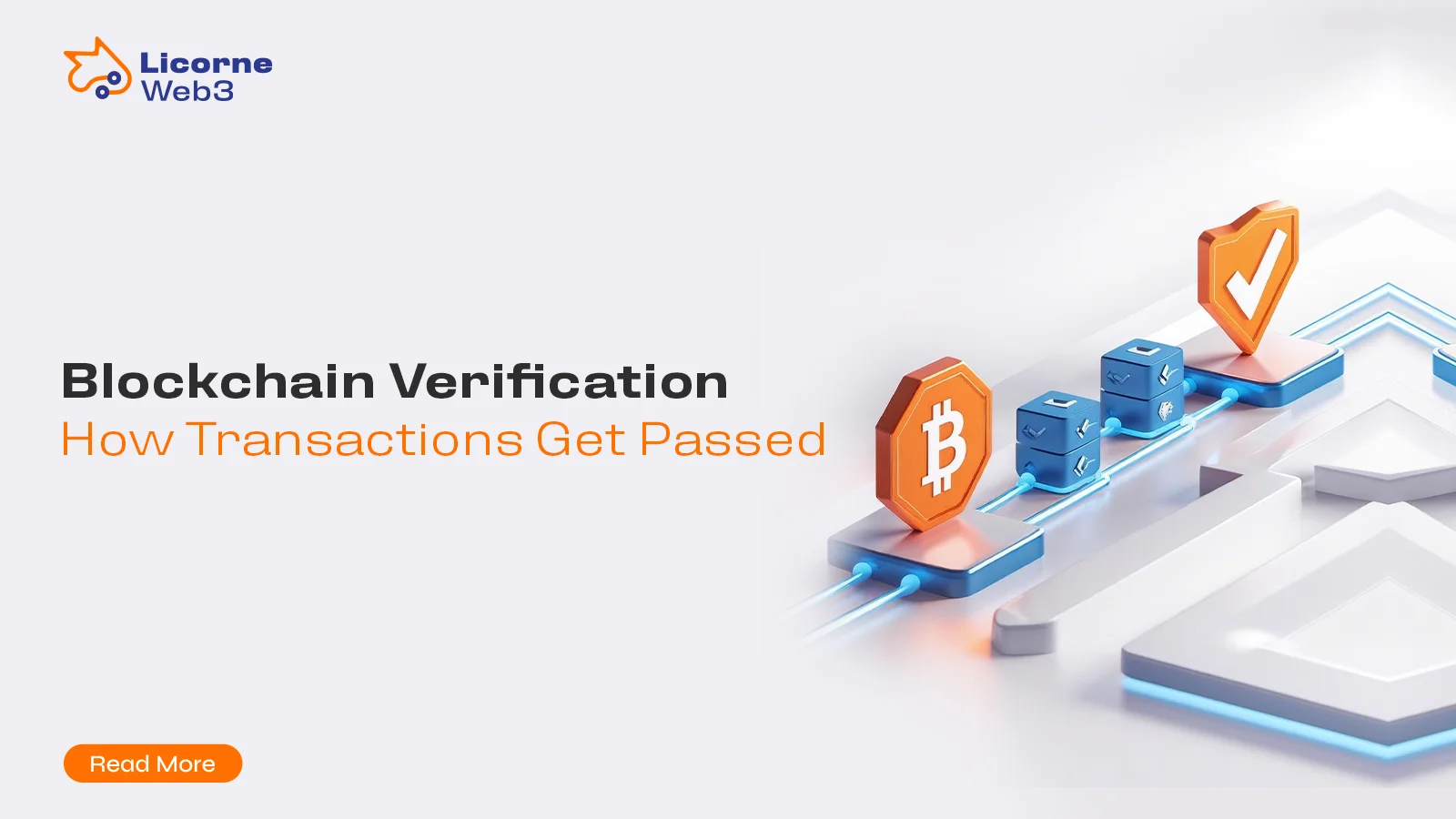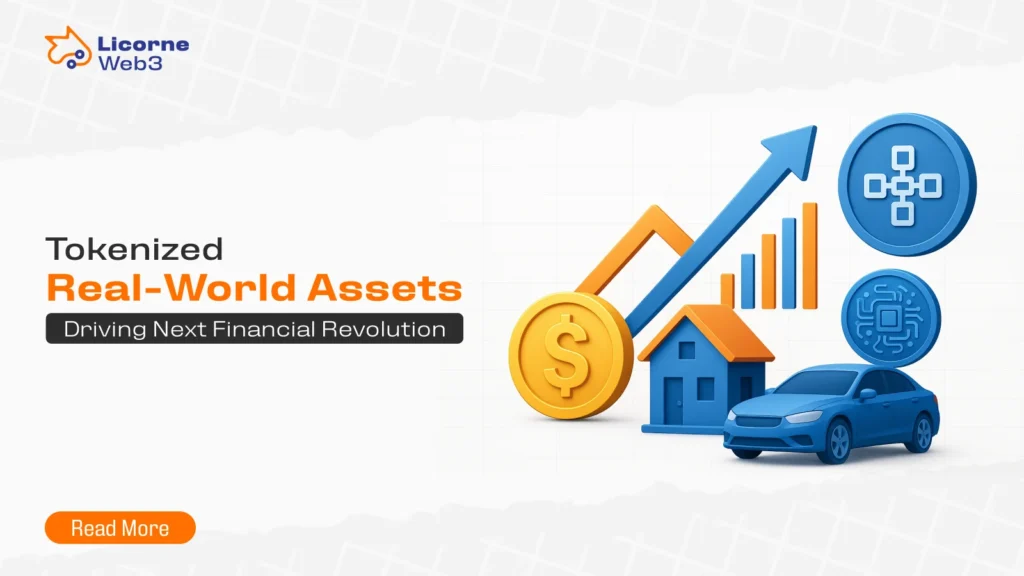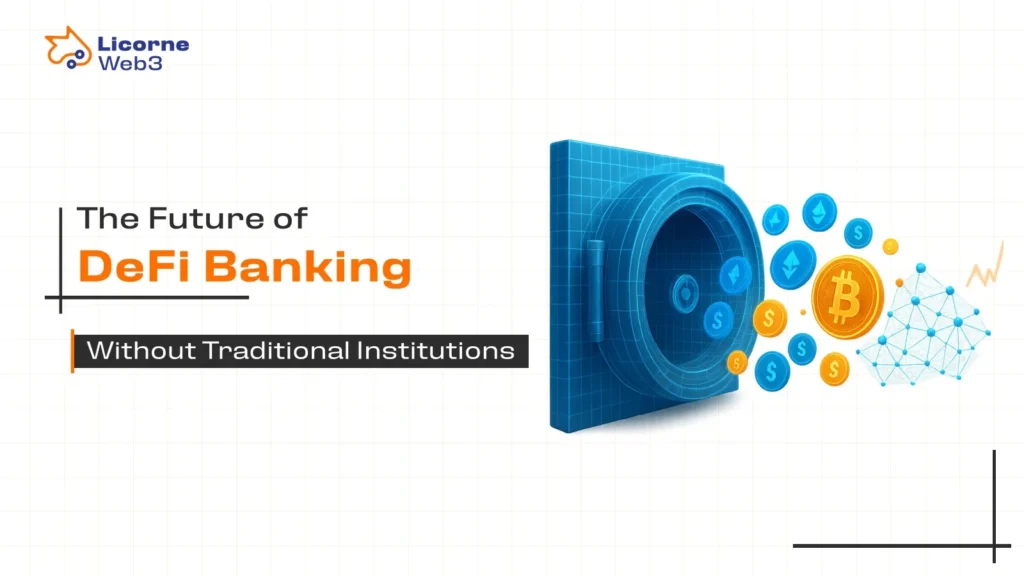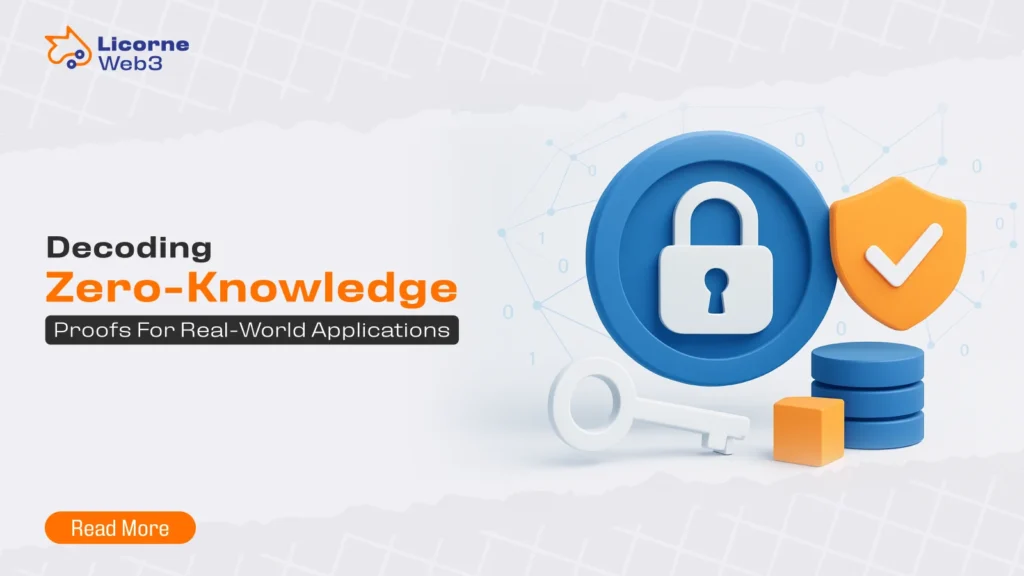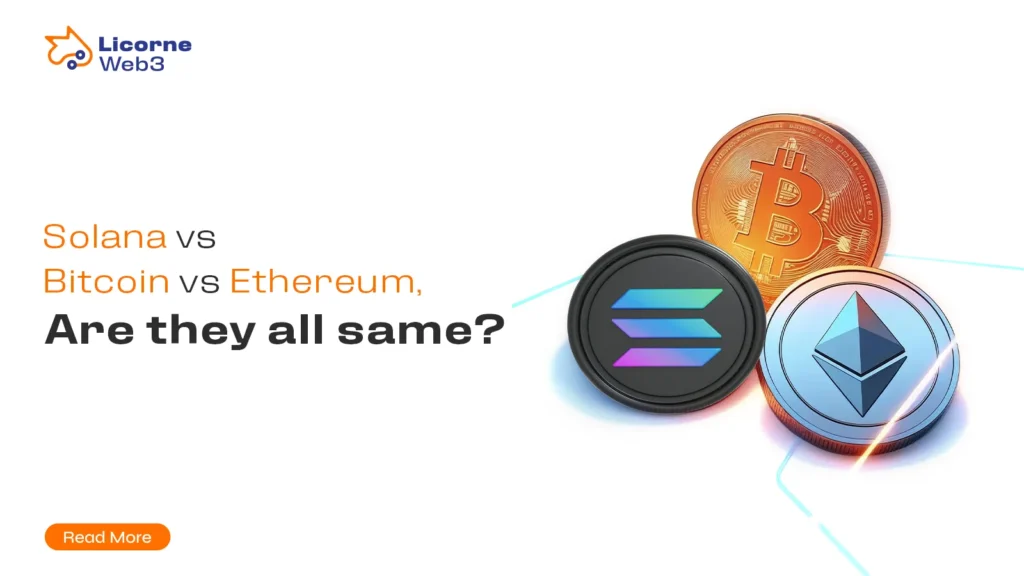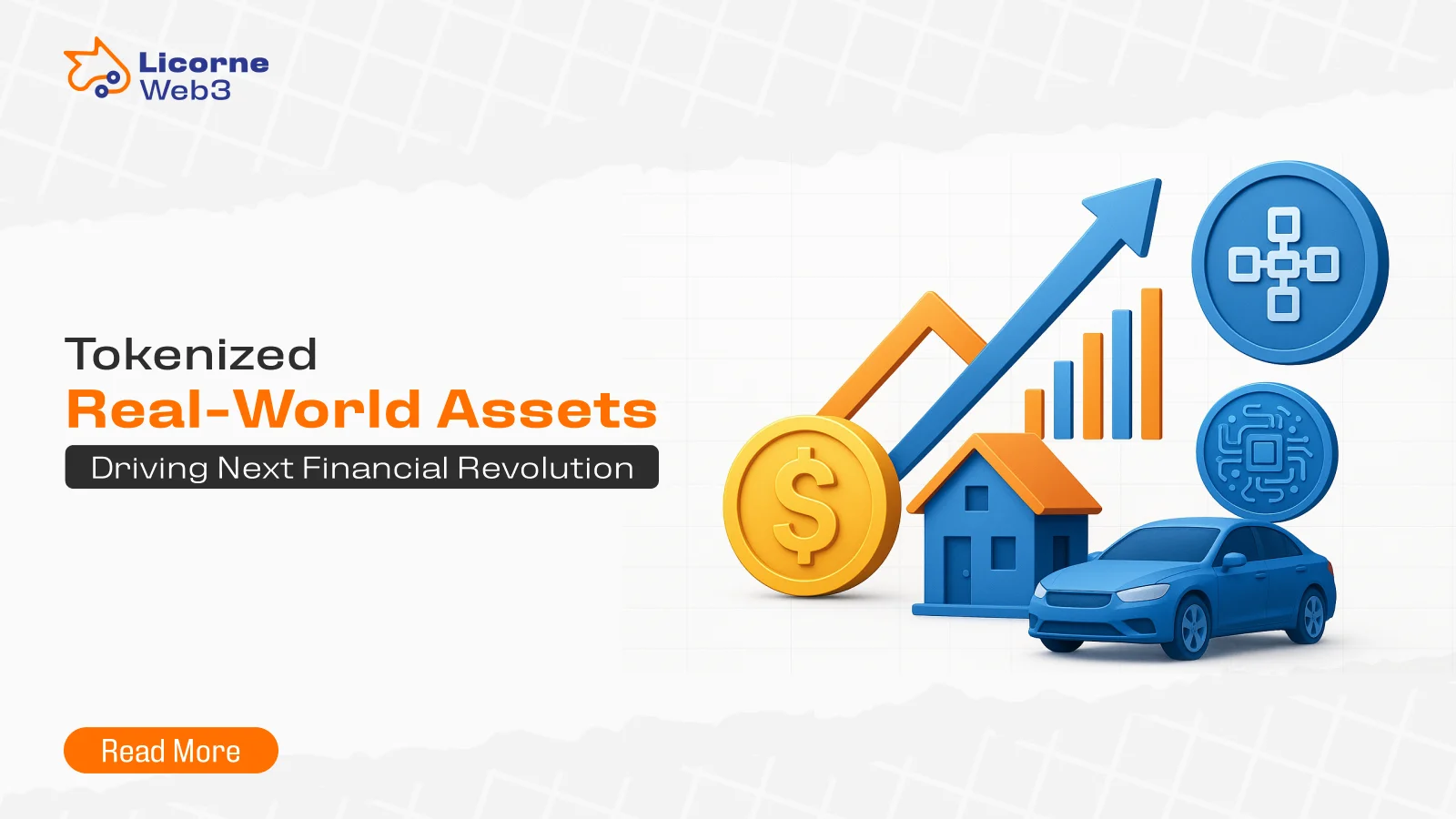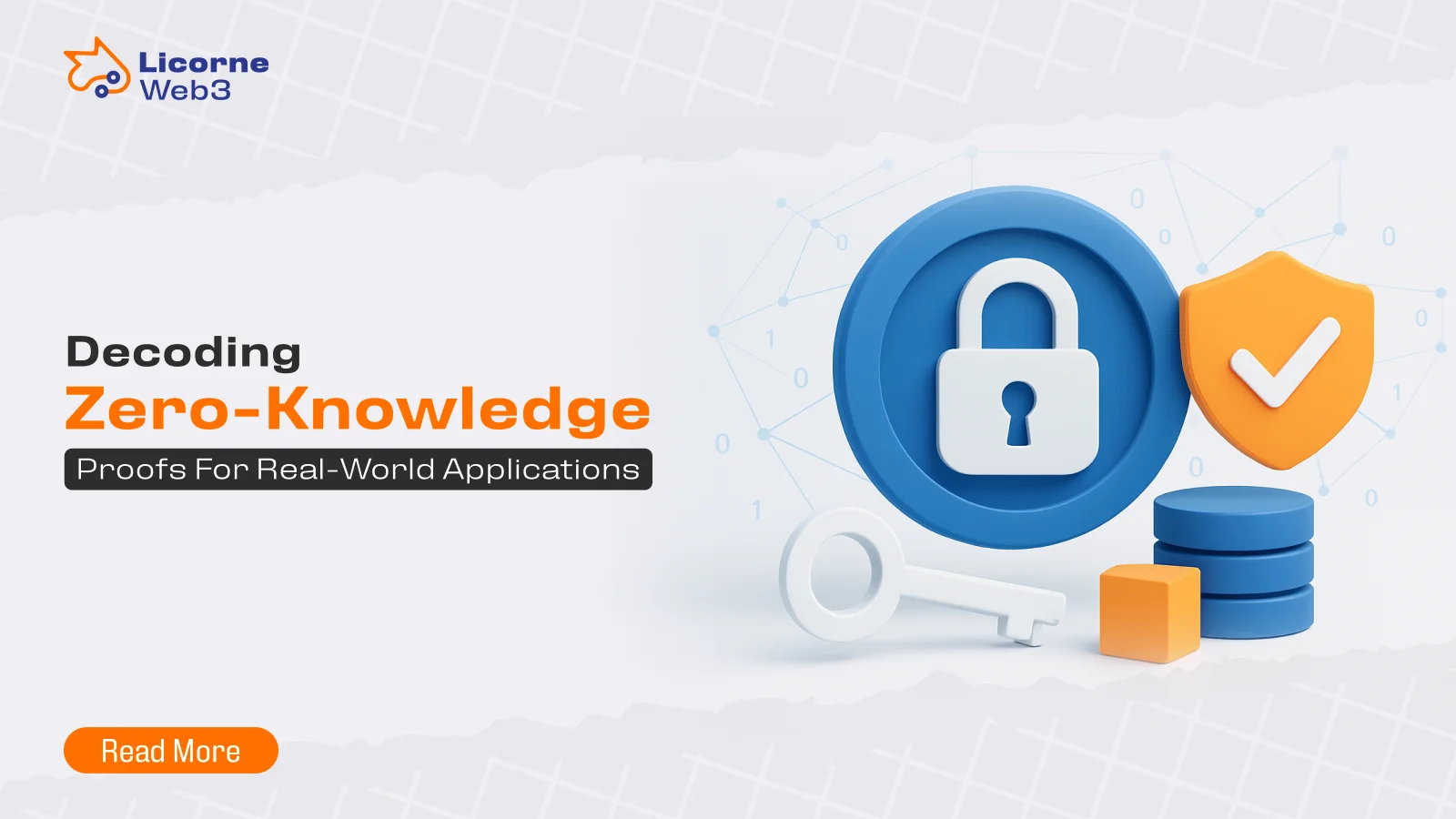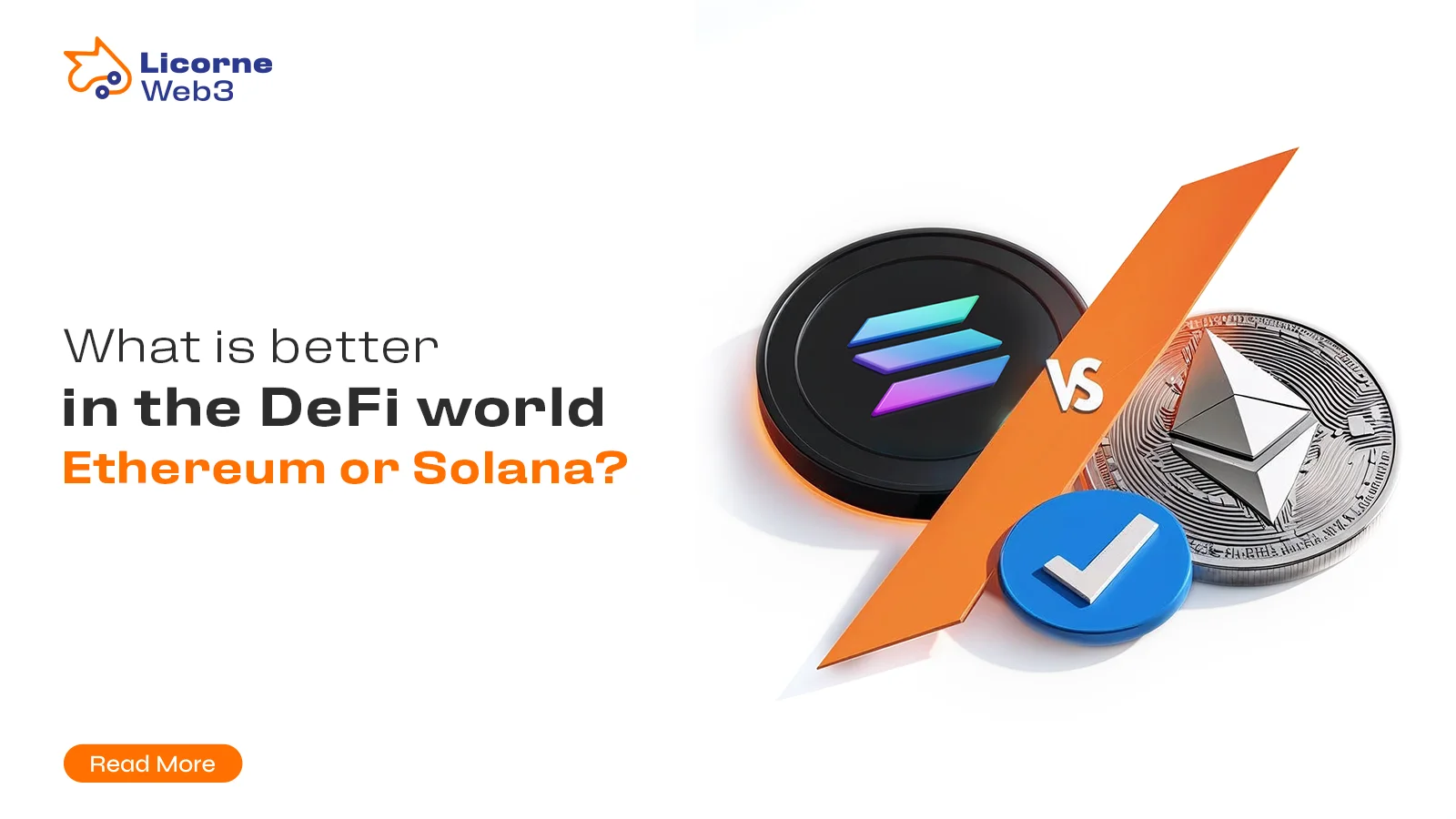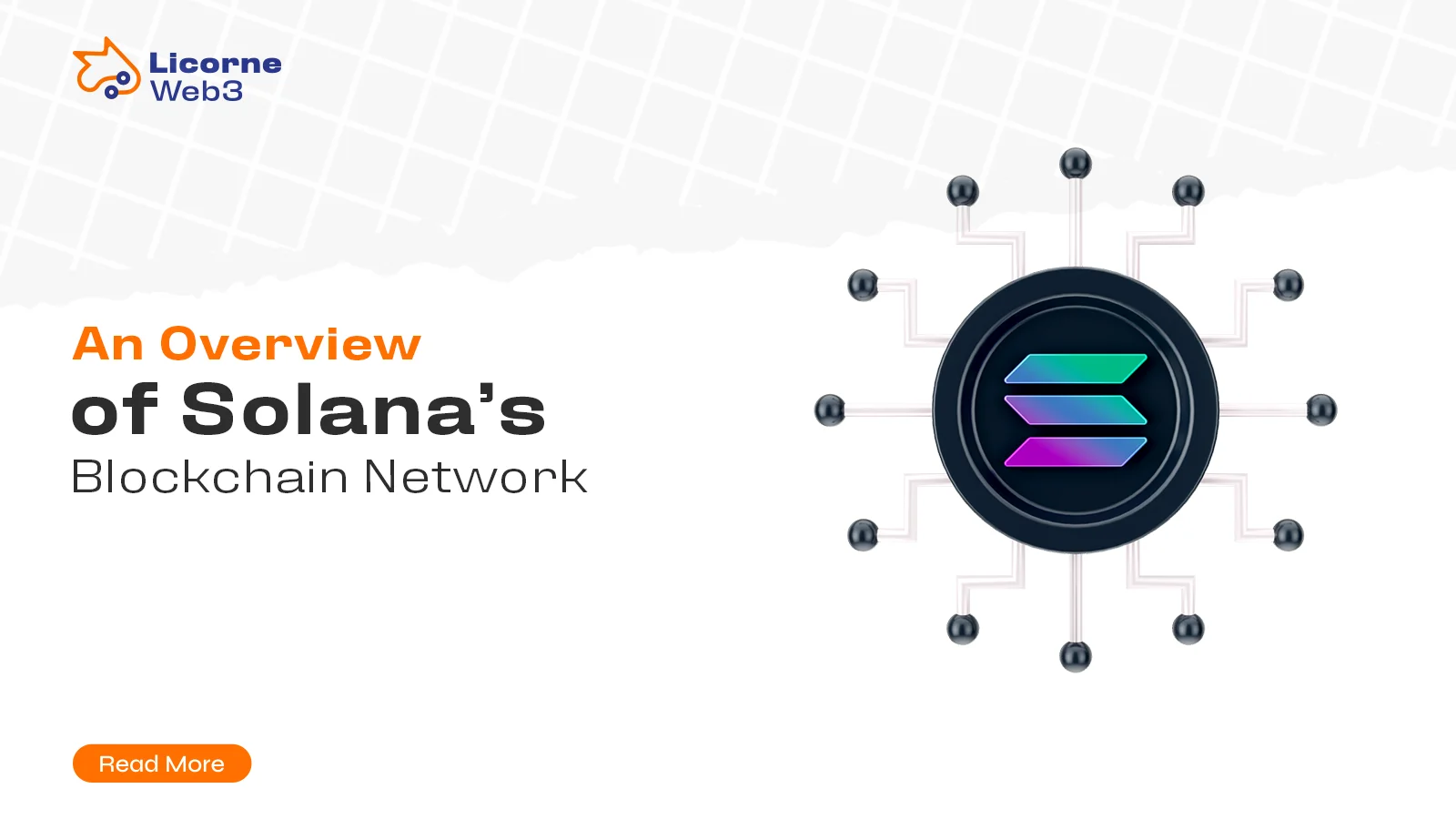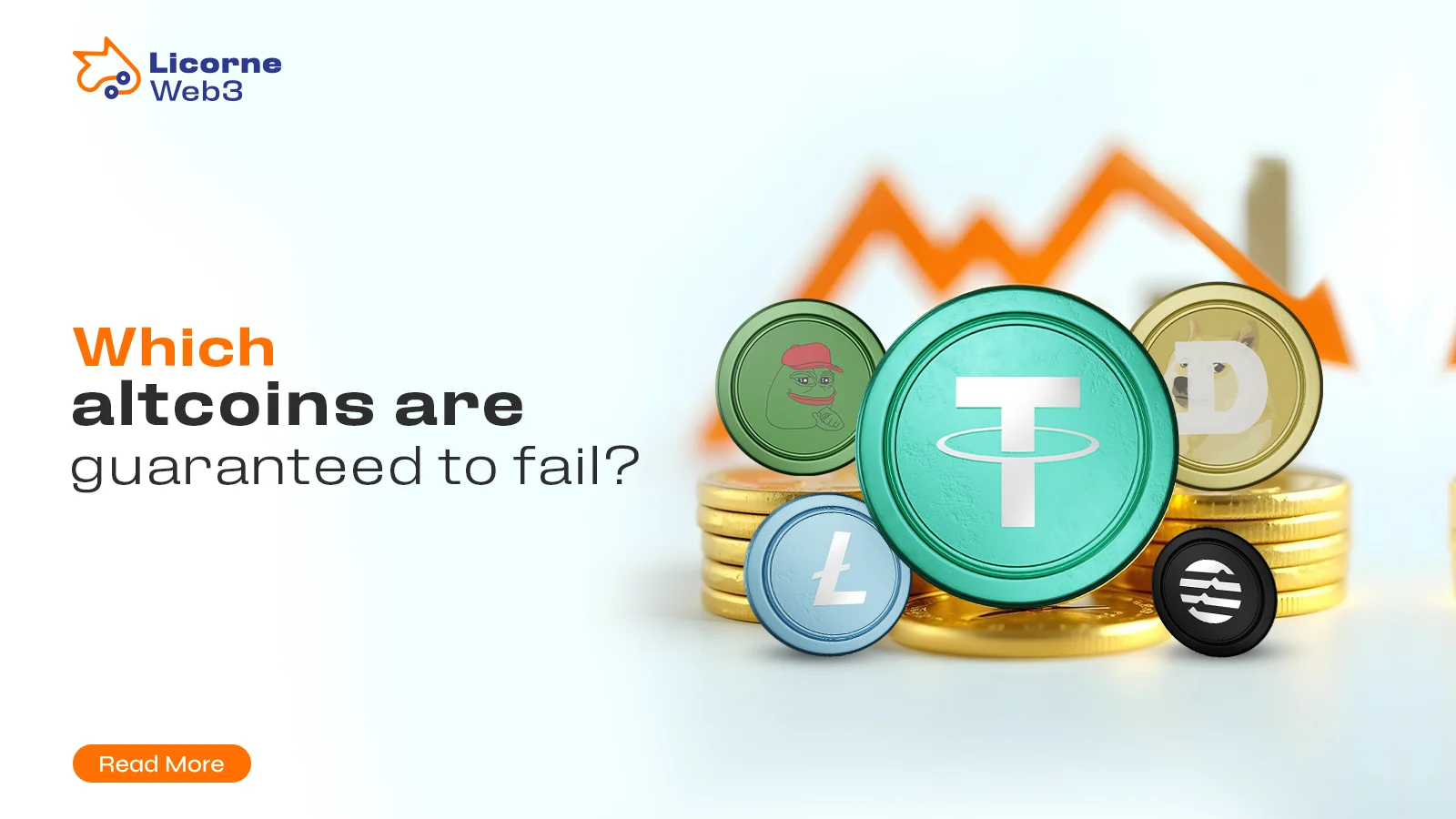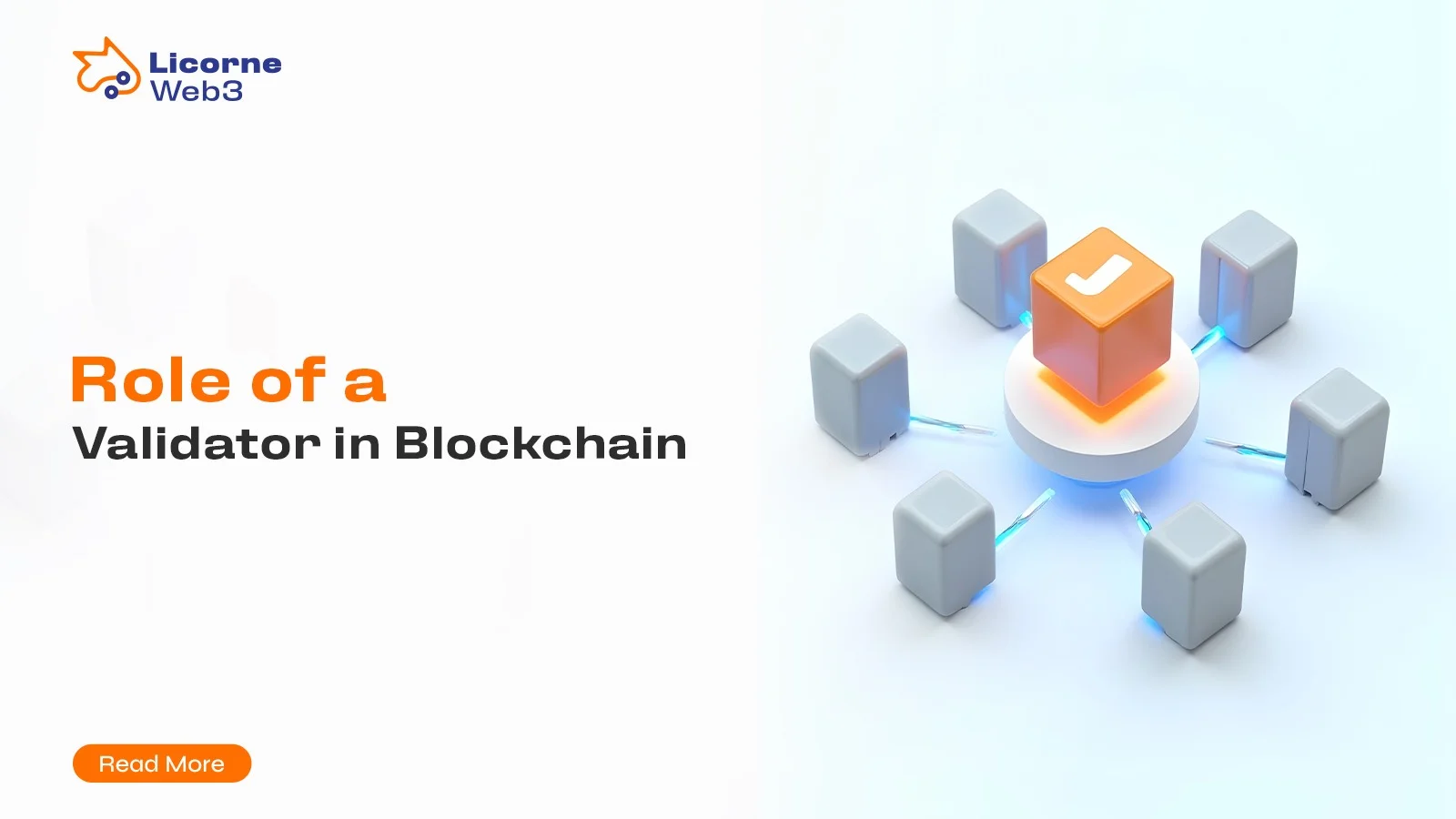With the traditional banking system, we depend on centralized organizations such as banks for verification and authorization of our transactions. How do we know that the transaction is ok in a world of blockchain, which is a decentralized system? Who checks that what you are transferring is a digital asset under your ownership? What can we do to avoid fraud, double-spending, or manipulation?
Blockchain verification is there, and this is a secure, transparent, and tamper-resistant online system that will confirm all the transactions on the blockchain network in a cryptographic and agreement-based procedure.
Now we can take a closer look at the functioning of this complicated yet interesting system.
What Is Blockchain Verification?
Blockchain verification is a process that pertains to verifying the transaction before it gets placed on the digital ledger, generally referred to as the blockchain.
No single authority is given to this system. Rather, it makes use of a connection of validator nodes or miners, which adheres to consensus principles to determine whether a transaction is truthful or not.
The confirmed transaction gets written openly on a ledger that can be viewed by everyone, getting rid of the need for a centralized entity and its trust.
Key Concepts Involved in Blockchain Verification
To understand how transactions get verified, we need to grasp a few important terms:
- Digital assets: Any digital unit of value, such as cryptocurrency or a token.
- Wallet address: A unique string representing a user’s public key that sends/receives digital assets.
- Private key: A secret string that proves ownership of assets in a wallet.
- Digital signature: A cryptographic code that verifies the sender’s identity and signs the transaction.
- Hashing algorithms: Functions that convert transaction data into a unique, fixed-length hash.
- Consensus algorithms: Rules and protocols that the network follows to agree on transaction validity.
- Public and private keys: Used together to sign and verify transactions securely.
- Blockchain ledger: The decentralized and immutable record of all transactions.
Step-by-Step: How a Transaction Gets Verified
Before a transaction becomes part of the blockchain, it must go through a rigorous verification process to ensure its authenticity and accuracy. This process is decentralized, meaning no single party controls it; the entire network collaborates to validate the transaction.
Step 1: The Transaction is Initiated
You send cryptocurrency from your crypto wallet to another user. This transaction includes:
- The sender’s wallet address (public key)
- The recipient’s wallet address
- The amount being sent
- A digital signature created using your private key
Step 2: The Transaction is Broadcast to the Network
- Once the transaction is signed with the sender’s private key, it becomes a valid candidate for verification.
- The signed transaction is then broadcast to the entire blockchain network.
- All participating nodes (computers running the blockchain) receive and record the transaction.
- The transaction enters the mempool (memory pool), where it waits to be picked up by validators or miners.
- This broadcasting ensures transparency; every validator on the network can access and review the transaction.
- It is now queued for validation based on the blockchain’s consensus rules (e.g., PoW, PoS).
Step 3: Verification by Network Nodes
Nodes in the network perform transaction verification by:
- Validating the digital signature
- Ensuring the sender has enough funds (avoiding the double-spend problem)
- Checking if the format and rules are correct based on the consensus rules
Step 4: Consensus Mechanism
Depending on the blockchain, different consensus mechanisms are used:
- Proof of Work (PoW): Miners solve complex cryptographic problems using hash functions. The first to solve it verifies the block.
- Proof of Stake (PoS): Validators are chosen based on the amount of digital currency they stake.
- Delegated Proof of Stake (DPoS): Delegates vote on validators who then verify transactions.
These mechanisms ensure that the verification is decentralized, tamper-proof, and secure.
Step 5: Block Creation and Addition to Blockchain
- Verified transactions are grouped to form a new block.
- The block includes the transaction list, timestamp, and the hash of the previous block.
- A hashing algorithm generates a unique ID for the block.
- The block is linked to the previous one, forming a secure chain.
- Once created, it’s added to the blockchain ledger and shared across the network.
- Transactions in the block become permanent and unchangeable.
Step 6: Finalization and Confirmation
- After being added to a block, the transaction awaits confirmations from subsequent blocks.
- Each new block added on top strengthens the security and validity of the transaction.
- Most blockchains require a specific number of confirmations (e.g., 6 for Bitcoin) before considering a transaction finalized.
- Once confirmed, the transaction is irreversible and cannot be altered.
- It is now part of the public ledger, visible to all network participants.
- The data is securely stored and timestamped, ensuring long-term transparency and trust.
Technologies Behind Blockchain Verification
Several cryptographic and technical principles make this system work:
Cryptographic Techniques
They helped introduce digital signatures, public keys, and keys to add authenticity and privacy. They support any blockchain trust type due to safe and verifiable transactions that do not disclose sensitive information.
Hash Functions
Hash the transaction data into an arbitrary-length bit-string and use that fixed-length string as the foundation of transaction identifiers, block connection, and data integrity. They make it such that changing even the tiniest amount of data yields a different hash, and therefore tampering can be easily seen.
Consensus Algorithms
The rules guarantee that all the people are on the same version of the decentralized ledger, without the need for a bank or a middle party. They arrange the network players to authorize transactions and keep faith in a distrustful environment.
Wallet Infrastructure
Types of wallets include:
- Hot wallets (connected to the internet)
- Cold wallets (offline storage like hardware wallets or paper wallets)
- Software wallets and web-based wallets for easy access
All use recovery phrases and private keys for security.
Challenges in Blockchain Verification
While secure and efficient, blockchain verification isn’t without issues:
- Network congestion: An excess of transactions on the network at a time may lead to slow transactions and expensive costs in transactions or gas (particularly in gauges such as the Ethereum blockchain).
- Energy consumption: There is high energy consumption, especially when using PoW, since they need hash power provided by miners. This has already created environmental red flags, and that is why the turn away to more sustainable consensus mechanisms, such as Proof of Stake (PoS), is occurring.
- Scalability limits: The more the number of transactions carried out using cryptocurrency, the greater the burden on the system. It may result in decreased speed, increased cost, and reduced throughput in the popular blockchain networks.
- Transaction censorship: There are unusual situations when certain transactions are disregarded/ not accepted on time by miners or validators, which can be an issue of fairness and decentralization. This behavior of cherry-picking may jeopardize the trust in the network and the ideals of an open, permissionless blockchain.
Blockchain Verification and Identity
Verification of digital credentials, Digital ID, and decentralized identifiers (DIDs) is very relevant beyond transactions. Blockchain provides a way to verify identity in a secure manner through the verification of credentials (data protection), instead of a central authority.
Examples:
- The University of Melbourne uses blockchain to issue secure diplomas.
- Food Trust blockchain ensures transparency in the food supply chain.
- Digital voting and Identity Management systems also benefit from these verification models.
The Future of Blockchain Verification
As blockchain adoption grows, so will the need for:
- Faster consensus mechanisms: Modern Proof of Stake systems allow faster check-validation of transactions, and the same with reduced energy consumption. They enhance scalability in blockchain and increase throughput with no loss to security.
- Improved scalability solutions: Layer 2 solutions are used where transactions occur outside the main chain, unloading the core network. This leads to immediate transfers at a lower cost but at the same level of security as the supporting blockchain.
- Lower energy models: More energy-efficient consensus mechanisms, such as Proof of Stake, consume energy at an extreme level. They provide energy-efficient alternatives to energy-demanding processes such as Proof of Work.
- Smarter wallets: Modern crypto wallets have security improvements, an intuitive interface, and a backup system. They reduce the complexity of management and make access to blockchain easier for a layperson.
- Real-World Integration: Blockchain is used in transactions to keep transactions secure, medical records, and academic qualifications. Its openness and its unchangeability introduce trust and effectiveness into traditional industries.
Expect developments in verifiable credentials, digital signatures, and cryptographic principles to play a massive role in building the digital future.
Conclusion
The essence of the decentralized system is blockchain verification. It removes the belief in the centralized institution and instead replaces it with math and code, which unite cryptography, consensus algorithms, and distributed networks. Whether in transferring cryptocurrency, guarding against many threats to digital identity, or monitoring supply chains, it leaves everything open, safe, and impossible to tamper with.
As technology advances, the verification on blockchain will progressively transform the manner in which we exchange value, store information, and verify authenticity in various industries. It has endless potential, which continues to unfold in finance and healthcare, as well as voting systems and education. Achieving such a safe and decentralized future in the digital age requires embracing such innovations in a responsible manner.
Author
-

I am a content writer with a passion for creating engaging content. I aim to simplify complex topics for readers through writing. With a keen interest in blockchain and crypto, I strive to foster understanding and empower readers to explore new ideas!
View all posts


